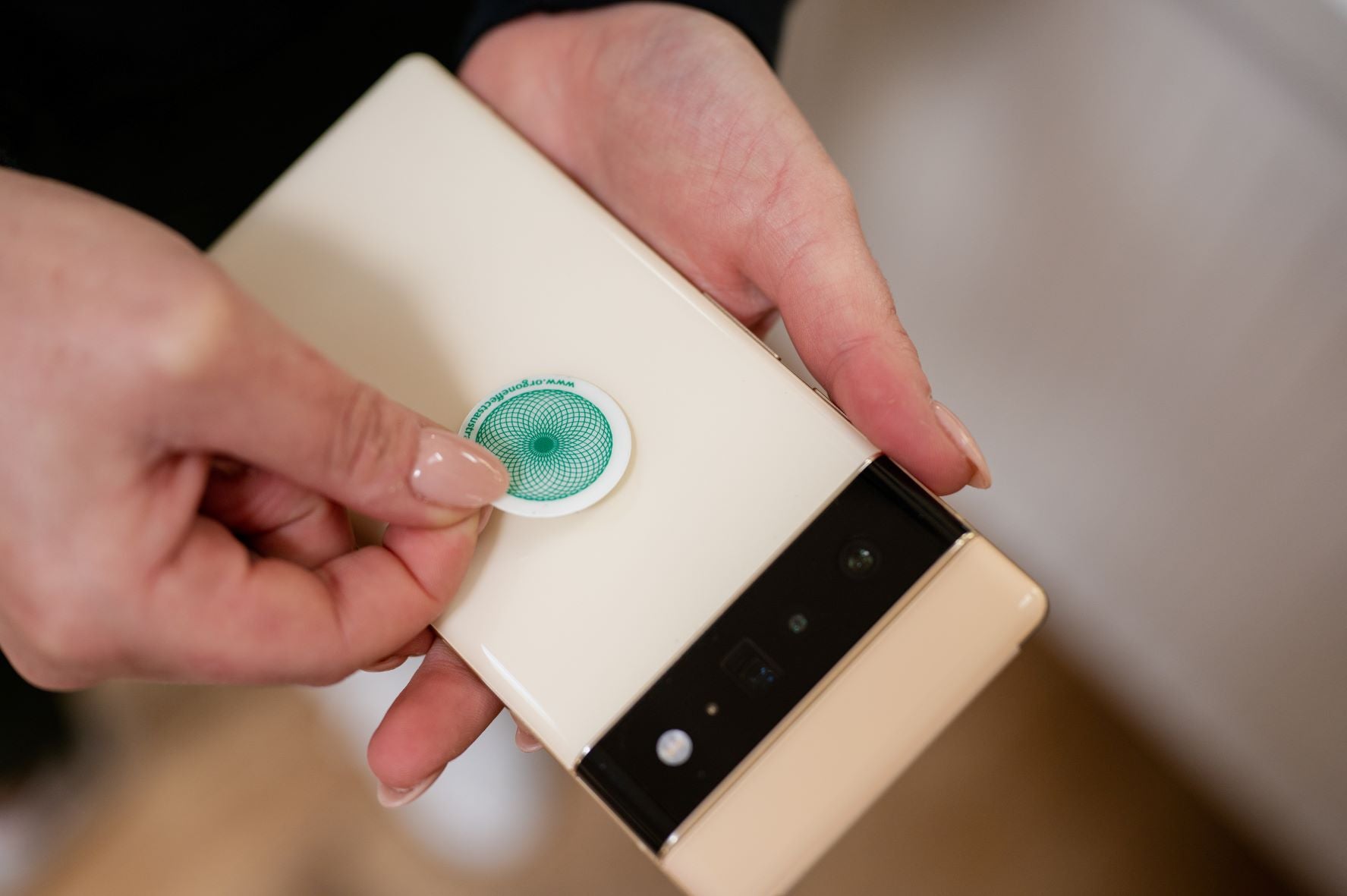Curiosity often leads us to discover unexpected wonders, and when it comes to the world of pests, there's always something new to learn. In the battle against bed bugs, an intriguing tool has emerged – ultraviolet (UV) light.
While these nocturnal pests are notorious for their stealthy nature, UV light has the power to unveil their hidden world.
In this captivating exploration, we will delve into the fascinating realm of UV light and its ability to reveal the true colors of bed bugs that elude the naked eye.
Prepare to be amazed as we uncover the secrets that lay beneath the surface and discover how this innovative technique is revolutionizing the fight against these unwelcome intruders.
So, grab your Handheld UV Light Sanitizer and join us on this illuminating journey as we shed light on the hidden colors of bed bugs.
The Biology and Behavior of Bed Bugs
Bed bugs, scientifically known as *Cimex lectularius*, are small, oval-shaped insects that feed exclusively on blood. They are expert hitchhikers, often making their way into homes through luggage, clothing, or used furniture.
Once inside, they hide in cracks and crevices near sleeping areas, emerging at night to feed on unsuspecting humans.
These pests are masters of disguise, evading detection with their flat bodies and ability to squeeze into tiny spaces.
Bed bugs are not just a nuisance; they can cause significant physical and emotional distress.
Their bites can lead to itchy, red welts, and in severe cases, may even cause allergic reactions.
The psychological impact of a bed bug infestation can also be devastating, causing anxiety, sleep deprivation, and a sense of violation in one's own home.
Check out Does UV Light Kill Bed Bugs?
The Limitations of Visual Inspections for Bed Bugs
Traditionally, visual inspections have been the primary method for identifying bed bug infestations. However, relying solely on the naked eye has its limitations.
Bed bugs are adept at hiding in hard-to-reach places, such as mattress seams, box springs, and behind picture frames.
Their ability to blend into their surroundings, coupled with their nocturnal habits, makes them difficult to spot during daylight hours.
Furthermore, bed bug eggs and nymphs (immature bed bugs) are exceptionally tiny and nearly translucent, making them virtually invisible to the human eye.
This means that even a thorough visual inspection may miss early-stage infestations or areas with low bed bug activity.
How UV Light Can Reveal Hidden Bed Bug Infestations

Enter UV light – a game-changer in the world of bed bug detection. UV light works by illuminating substances that are otherwise invisible to the naked eye.
In the case of bed bugs, their exoskeletons contain a substance called porphyrin, which fluoresces under UV light.
This fluorescence causes the bed bugs to emit a distinct glow, making them easily distinguishable from their surroundings.
By using our Handheld UV Light Sanitizer you can scan an area for signs of bed bug activity.
Our Handheld UV Light Sanitizer reveals the presence of bed bugs, their eggs, and even their excrement, which often appears as small dark spots on surfaces.
This method allows for a more thorough and accurate assessment of infestation levels, ensuring that no hiding spot goes unnoticed.
The Science Behind UV Light Detection of Bed Bugs
The ability of UV light to detect bed bugs lies in the unique properties of porphyrin, a pigment found in the exoskeletons of these pests.
Porphyrin molecules absorb UV light and re-emit it at a longer wavelength, resulting in fluorescence. This fluorescence is what gives bed bugs their distinctive glow when exposed to UV light.
The phenomenon can be attributed to the specific molecular structure of porphyrin. When UV light interacts with the electrons in the molecule, it causes them to move to higher energy levels.
As these electrons return to their original state, they release the absorbed energy in the form of visible light.
The color of the fluorescence depends on the specific molecular structure of the porphyrin, giving bed bugs a unique and identifiable glow.
The Benefits of Using UV Light in Bed Bug Detection

The use of UV light in bed bug detection offers several advantages over traditional visual inspections. Firstly, it enhances the accuracy of identifying infested areas, allowing for targeted treatment and more effective eradication.
By revealing the hidden presence of bed bugs, UV light eliminates the guesswork involved in visual inspections, ensuring that no corner or crevice goes unchecked.
Additionally, UV light detection can detect early-stage infestations that may otherwise go unnoticed.
This early detection is crucial in preventing the spread of bed bugs and minimizing the extent of an infestation.
By catching the problem in its infancy, homeowners can address the issue promptly, reducing the need for extensive and costly treatments.
Tips for Using UV Light to Detect Bed Bugs Effectively
While UV light can be a powerful tool in the fight against bed bugs, it's essential to use it correctly for optimal results. Here are some tips to ensure effective bed bug detection using UV light:
Inspect in the dark: UV light detection works best in low light conditions. Turn off all other light sources in the room to enhance the visibility of the bed bugs' fluorescence.
Move slowly and methodically: When using a UV flashlight or lamp, scan the area systematically, moving slowly and paying close attention to cracks, crevices, and other potential hiding spots. Take your time to thoroughly inspect each surface.
Use protective eyewear: UV light can be harmful to the eyes, so it's crucial to wear appropriate protective eyewear when conducting inspections. Look for eyewear that provides both UV and blue light protection.
Combine with other detection methods: While UV light is highly effective, it's always beneficial to combine it with other detection methods, such as visual inspections, bed bug traps, and canine inspections. This multi-pronged approach ensures a comprehensive assessment of the infestation.
Other Applications of UV Light in Pest Control
Beyond bed bug detection, UV light has found various applications in the field of pest control. Here are a few examples:
- Insect Traps: UV light is commonly used in insect traps to attract and capture flying pests. Many flying insects, such as mosquitoes and flies, are attracted to UV light due to their natural phototaxis behavior. By incorporating UV light into traps, pest control professionals can effectively reduce populations of these pests.
- Disinfection: UV light has germicidal properties, making it an effective tool for disinfection. It is commonly used in hospitals, laboratories, and food processing facilities to kill bacteria, viruses, and other pathogens. UV light disinfection can also be applied to pest-infested areas to eliminate bacteria and odors associated with pest activity.
- Weed Control: UV light can be used as a non-chemical method of weed control. By exposing weeds to UV light, their cellular structure is disrupted, leading to their death. This technique is particularly useful in areas where chemical herbicides are not desirable or feasible.
Harnessing the Power of UV Light for Bed Bug Detection

Get your Handheld UV Light Sanitizer
UV light has emerged as a valuable tool in the fight against bed bugs, revealing hidden infestations that elude visual inspections.
By harnessing the unique fluorescence of bed bugs, UV light detection provides a more accurate and efficient means of identifying and treating infested areas.
When used correctly, UV light can detect early-stage infestations, prevent the spread of bed bugs, and minimize the need for extensive treatments.
Our Handheld UV Light Sanitizer is not only effective at detecting bed bugs, but it also is helpful for disinfection of hard surfaces to eliminate bacteria and viruses.
By embracing the power of UV light, we can shine a light on the hidden world of pests, ensuring safer and more effective pest management practices.
So, the next time you encounter a bed bug infestation, remember to look beyond the naked eye and let UV light reveal the true colors of these unwelcome intruders.



